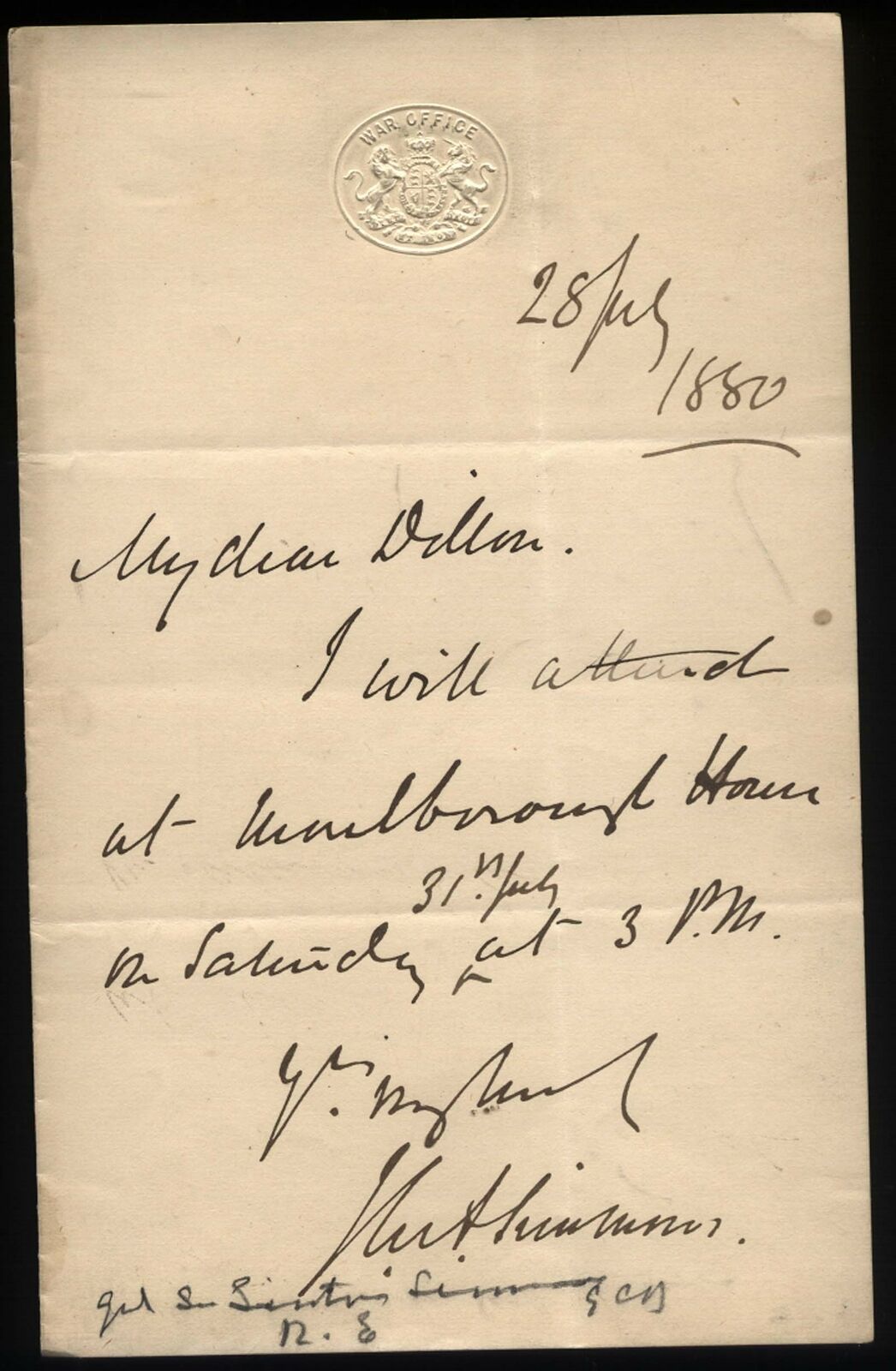-40%
George O’Brien (star of “Sunrise A Song of Two Humans”) Telegram 1946
$ 15.83
- Description
- Size Guide
Description
George O’Brien (star of “Sunrise A Song of Two Humans”) Telegram 1946Size: 8” X 5 ½” / Unique Characteristics: Date stamped “1946 JUN 4 PM 4 11” Signed “Guadeamous / George O’Brien” in congratulatory message to Mrs. Pat O'Brien.
I've never believed in collecting for it's own sake. Collectors items should be shared and circulated. I grew up among my entertainment heroes of the Golden Age of Hollywood, and am now selling-off some of the treasures I accumulated as a fortunate young man in 1970s Tinsel Town.
The items I'm selling here have never been on the market before.
George O'Brien
From Wikipedia, the free encyclopedia
George O'Brien (April 19, 1899 – September 4, 1985)[1] was an American actor, popular during the silent film era and into the talkie era of the 1930s, best known today as the lead actor in F. W. Murnau's 1927 film Sunrise: A Song of Two Humans.
Early life
Born in San Francisco, California, George O'Brien was the oldest son of Daniel J. and Margaret L. (née Donahue) O'Brien; O'Brien's father later became the Chief of Police for the City of San Francisco. (Dan O'Brien ordered the arrest of Roscoe "Fatty" Arbuckle in September 1921 at the scandalous Labor Day party held by Arbuckle.) After his retirement from that office, Dan was the Director of Penology for the State of California.
In 1917, O'Brien enlisted in the United States Navy to fight in World War I, serving on a submarine chaser. He volunteered to act as a stretcher bearer for wounded Marines and was decorated for bravery. After the war, O'Brien became Light Heavyweight boxing champion of the Pacific Fleet.
Career
O'Brien came to Hollywood in his early twenties hoping to become a cameraman and worked as an assistant cameraman for a while, for both Tom Mix and Buck Jones. He began his acting career in bit parts and as a stuntman. One of his earliest roles was in the 1922 George Melford-directed drama Moran of the Lady Letty, most notable for starring Rudolph Valentino. In 1924, O'Brien received his first starring role in the drama The Man Who Came Back opposite the English actress Dorothy Mackaill. That same year he was chosen by the famed movie director John Ford to star in The Iron Horse opposite actress Madge Bellamy. The film was an immense success at the box-office and O'Brien made nine more films for Ford. In 1927, he starred in the F. W. Murnau-directed Sunrise: A Song of Two Humans opposite Janet Gaynor, which won three major Academy Awards and remains his most famous film, and also played the lead in the New York City epic East Side, West Side that same year.
O'Brien would spend the remainder of the 1920s as an extremely popular leading man in films, often starring in action and adventure roles alongside such popular actresses of the era as Alma Rubens, Anita Stewart, Dolores Costello, Madge Bellamy, Olive Borden (with whom he was linked romantically during the 1920s), and Janet Gaynor. With the advent of sound, O'Brien displayed a strong, confident voice and remained a leading star of westerns and outdoor adventures. In 1938 he signed with RKO Radio Pictures to headline a western series; O'Brien (often atop his horse Mike) was well received and was ranked consistently among the top ten cowboy stars. During that western series, he starred alongside Actress Virginia Vale on 6 occasions and with Actor Chill Wills another 5 times. The RKO series was curtailed at only 17 movies when O'Brien re-enlisted in the Navy; he was replaced by RKO with Tim Holt who had a longer western series association with the movie company than did O'Brien.
Military service
During World War II, O'Brien served as a beachmaster in the Pacific, and was decorated several times. He left service with the rank of commander. He later joined the United States Naval Reserve and retired with the rank of captain in 1962, having four times been recommended for the rank of admiral.
Following his service in World War II, O'Brien would occasionally take featured parts in films directed by his old friend and mentor John Ford, including Fort Apache, She Wore a Yellow Ribbon, and Cheyenne Autumn. O'Brien's last leading role was in the 1951 movie Gold Raiders, with O'Brien handling the action and the Three Stooges (Shemp Howard, Larry Fine, and Moe Howard) doing comedy routines.
While serving in the Naval Reserve, O'Brien took on a project for the Department of Defense as part of President Eisenhower's "People to People" program. He was project officer for a series of orientation films on three Asian countries. One of these films, on Korea, was directed by his old friend, John Ford. The other two countries covered were Formosa (Taiwan) and the Philippines.
Personal life
In the 1920s, O'Brien dated actress Olive Borden for many years and most thought they would marry. For some reason (some say his family did not approve of Olive) they ended their relationship and he eventually married actress Marguerite Churchill on July 15, 1933. Their first child, Brian, died 10 days after his birth. Daughter Orin O'Brien became a double bassist for the New York Philharmonic. Their youngest child Darcy O'Brien was a successful writer and college professor. George and Marguerite divorced in 1948.
Later years and death
O'Brien suffered a stroke in 1981 and was bedridden the last four years of his life. He died in 1985 in Broken Arrow, Oklahoma. For his contribution to the motion picture industry, Brien was awarded a star on the Hollywood Walk of Fame at 6201 Hollywood Blvd., in Los Angeles, California.







